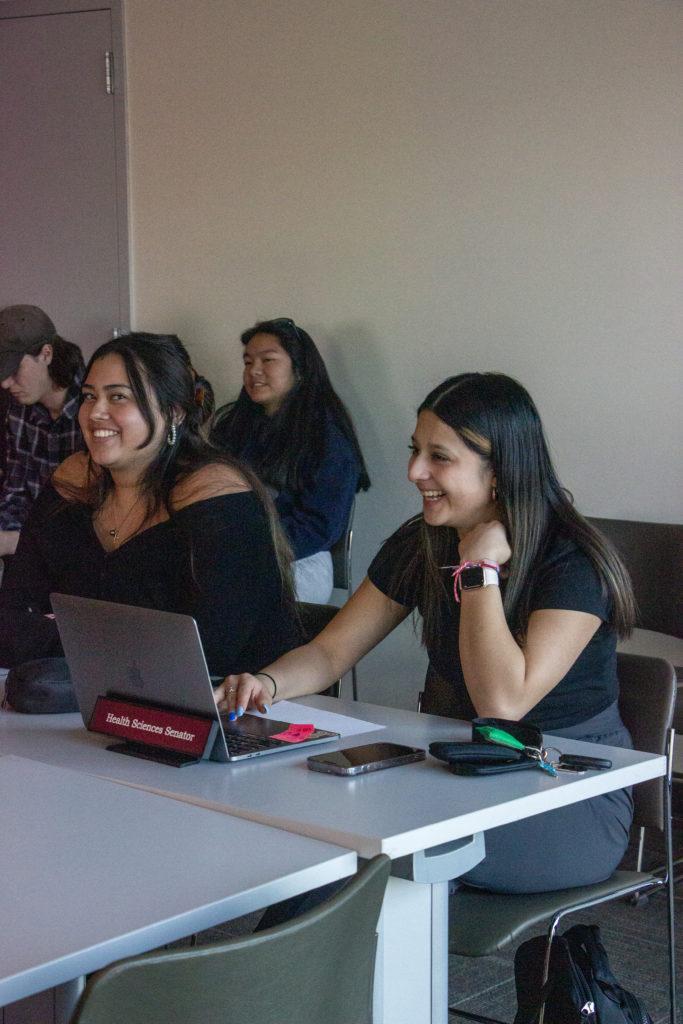Every two years, the Associated Student Government gets together to decide what organizations will get funded and how much they will receive. This process is also known as the biennial budget year, and it is one of the most important tasks that the ASG does since it not only decides how much money organizations will get, but it also decides how much student fees will be.
The system for paying our organizations is straightforward. Organizations like ASG, The Criterion and the Outdoor Program apply for funding from the ASG and the Fee Allocation Committee, a committee of ASG senators and representatives from organization boards.
If they are accepted for funding, they are added to the list of organizations and it is decided how much money that organization will receive. The process begins with the FAC, and the ASG then votes to accept the bill and it is finalized once the Senate and president sign it.
“It is just like a real bill,” Ben Linzey, president of ASG, said. “It is by far one the most significant things that ASG has the opportunity to do because it is literally deciding how much students have to spend.”
The money that the organizations get paid comes from student fees. For every credit hour that a student signs up for, X amount of money goes to each organization.
For example, Mavrides receives $0.39 for every hour. Based on how much all of the clubs get, the total amount of fees per credit hour varies. The current amount is $29.04 per credit hour, and this information can all be found on the Colorado Mesa University website or at student life.
“We sit down with every organization that we have funded in the past and discuss funding,” Linzey said. “We will also consider any new organizations that could be coming on. We also work with president Foster’s office on any tuition and fee increases.”
The process begins within the fall semester and won’t go into effect until the next semester, making the planning every two years, biennial.
“We are laying the groundwork now, they [ASG next term] will be working on it during the fall 2018 semester,” Vice President Gabby Gile said. “They have it completed by December. What they are working on in the fall won’t go into effect until the next fall semester.”
This process keeps the allocation of student fees stable for the years it is in effect. Once the bill has been set and signed, the next chance for organizations to appeal for different funding wouldn’t be until the next biennial budget year that comes around. There is another way to get funds changed before the biennial; however, it is very complicated and isn’t favored as it messes with student fees that have already been set and convolutes the process, making the biennial budget year the time to get funding.
This biennial year will begin the process of deciding which organizations get funding and how much student fees will cost during the fall semester of 2018 and will be done by December so that it can be implemented the following fall semester.












